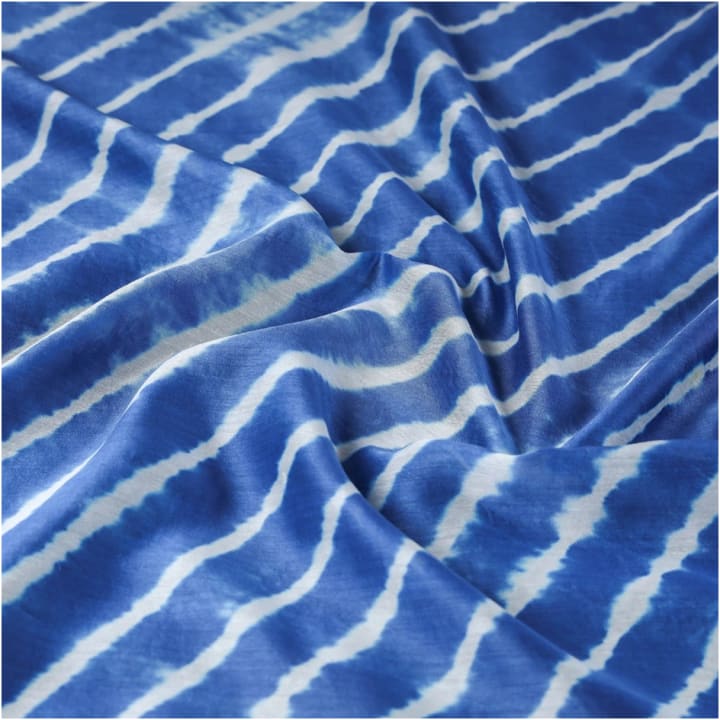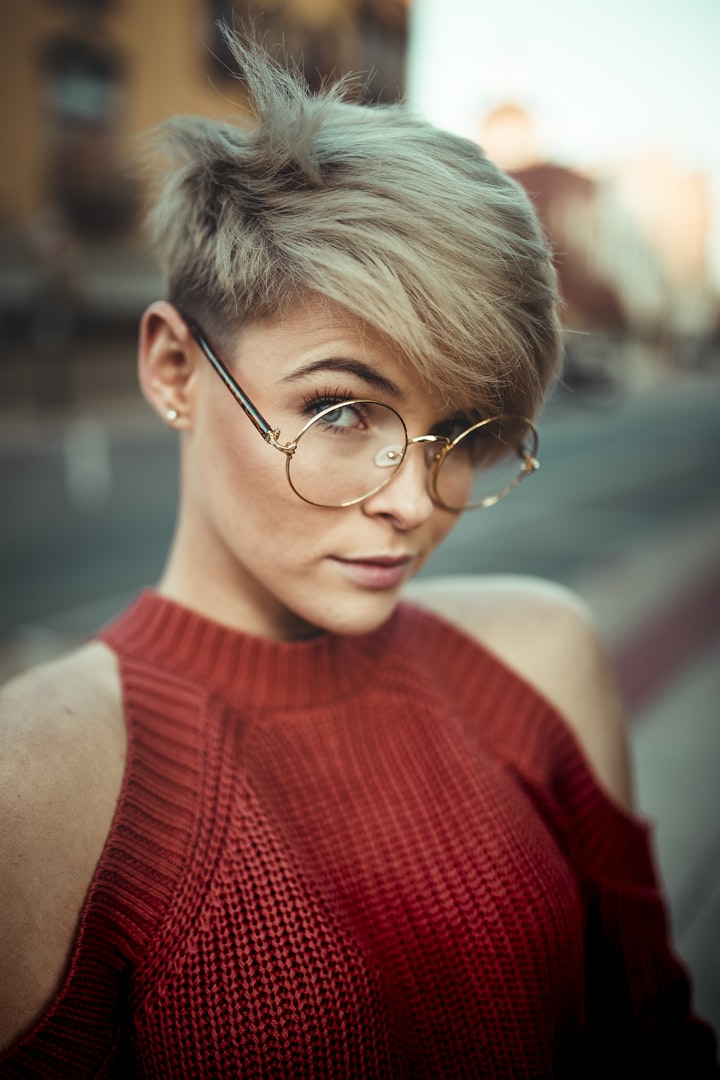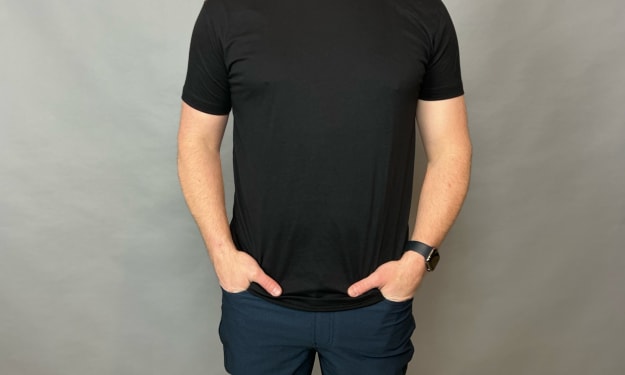What Are The Steps to Make a Leheriya Saree
Step By Step To Make Leheriya Saree

Don’t you think there’s something magical about the Lehriya patterns on a saree? Those dramatic swirls and waves beautifully spread across 9-yards long fabric. Who wouldn’t fall in love with this stunning pattern? Right?
While admiring those gorgeous patterns on the sarees, we’re sure you must’ve given a thought to how to make a leheriya saree and how the artisans create this beautiful masterpiece.
Every women’s ethnic wardrobe is incomplete without a Lehriya saree. Don’t you agree? Lehariya and Bandhani are the two most traditional art forms that are in existence today too, and equally popular across various parts of the country.
Leheriya VS Bandhani
Most of you are often confused between Lehria and Bandhani patterns. Are they actually the same? Let’s find out?
Representing the true spirit of Rajasthan, Lehariya and Bandhani is almost similar as they are both created using the tie and dye processes. Both these art forms require special skill, dedication, and precision. Although, if you analyze closely they are slightly different too in terms of the technique. So, before you get more confused, here’s a basic summary of both these Sari patterns.
Lehariya:
Often known as Leheriya or Leharia, is one of the most traditional art form practices of how artisans create distinctive wave patterns on the saree fabric. It is designed using the traditional tie and dye process using vibrant, mesmerizing color combinations. The fabrics used in the making are often light-weighted so that they add more flare to the saree when it’s draped.

Leheria patterns were initially seen on the turbans where villagers and merchants used to wrap their heads in spirited color combinations. Another crucial thing that you will notice about Leheriya sarees is the fact that the patterns on them often represent the waves of the ocean or simply the flow of water. As the term “Lehariya” is derived from “Leher”, you will often notice coastal feels and calmness on these patterns, imitating water-centric designs.
If you’re taking an example of a traditional Lehariya saree, it is created using the natural tie and dye process by the artisans and undergoes various washes until the final product gets ready. Fascinating, indeed.

Trivia: In the 19th-20th century, Leharia turbans (Aka Saafa) were massively popular in the male business outfit where merchants would wear them as a symbol of their dignity.
Bandhani:
Bandhani, on the other hand, derives its name from the term “Bandhan”. The Hindi term Bandhan means ties and hence this process is created by tying tiny knots on the fabric with a continuous thread and then dyeing it in vibrant color combinations. Bandhani is a beautiful art of tying where patterns can be created on sarees, dupattas, or any other dress material.

Here’s a step-by-step process on how to make a Leheriya saree.
● The fabric is first washed several times until the starch and other impurities are removed. After the wash, once the fabric becomes slightly moist then the process of making the Lehariya starts. Using a moist fabric ensures a firm grip.
● In the next step, the artisans roll the entire length of the fabric and tie it tightly to one end on a point, known as “Khoota”. Now begins the rolling process. After the fabric is tightly stuck on the “Khoota”, the fabric is rolled and folded several times in any desirable pattern amid the process.

● As you can clearly visualize this fascinating process, where the fabric is tied to one end and then the artisans pull the other end of it towards the opposite side, and then it is rolled 3-4 times in the anti-clockwise direction. Now, this process goes on repeat until the whole length of the fabric is properly rolled.

● Here comes the most interesting part of the process. When the fabric from one end to the other is completely rolled, the artisans now tightly tie pieces of cloth or a rope on it at regular intervals. (Like knots)
● The next step is to dye the fabric in desirable, vibrant colors. The fabric is then left to get dry for about 1-1.5 hours till the color blends well inside the fabric.

● Once the color sleeps in the fabric, it is washed several times in water and hydro powder to discharge the extra color.
And it’s a Wrap!
So, folks, this was how a traditional Leheriya saree is made by our skilled artisans. However, the process of creating Leherias has drastically evolved over time if you compare the early 19th century and today’s era. Some of the most common types of Lehariyas are Rajasthani, Mothara, Nageena Mothara, Katva Patta, and others.
We hope all your doubts concerning how to make a Leheriya saree have now been cleared. Isn’t this process highly artistic and fascinating? Also, what traditional saree art form do you usually prefer, Leharia or Bandhani? Feel free to share your thoughts with our readers!





Comments
There are no comments for this story
Be the first to respond and start the conversation.